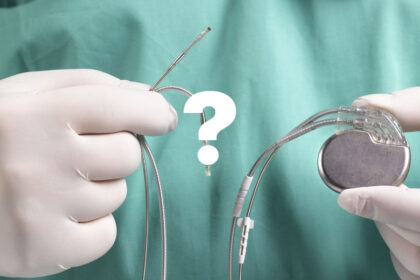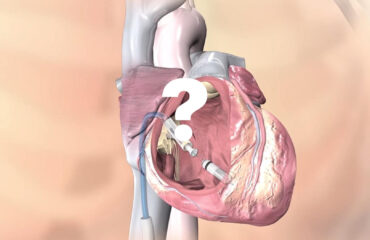
Why is a Temporary Pacemaker needed?
In case the heart rate slows down excessively because the warning center (sinus node) cannot generate a warning at a sufficient rate or there is any interruption in the conduction paths, pacemakers placed in the body are needed to provide the necessary heart rate for the patient to maintain a normal life.
How is temporary pacemaker implantation done?
The procedure is usually with local anesthesia; It is done by placing thin wires called electrodes through the large veins going to the heart in the neck, chest or groin, and connecting them to a generator outside the body. This procedure can be done at the bedside or under a scopy (X-ray machine). The procedure usually takes 20-30 minutes. When the need for a temporary battery is eliminated, the wire placed inside the heart is removed.
Could there be undesirable events associated with temporary pacemaker implantation, what is the risk of the procedure?
Temporary pacing is a small-scale surgical procedure. Therefore, some undesirable situations, which we call complications, may occur in practice. Depending on temporary battery insertion, undesirable events such as rupture of the vessel, aneurysm (expansion), formation of openings called fistula between arteries and veins, bleeding, hematoma (swelling caused by blood leaking from the vein) may occur. Apart from this, in patients who underwent neck vein intervention, fluid or air accumulation in the pleura due to damage to the lung and shortness of breath may develop as a result. In this case, treatment may be required by entering the lung with a needle or placing a tube. Although very rarely, clot formation in the vein and this clot going to vital organs can be seen. Again, there may be a perforation in the heart wall and consequent accumulation of fluid in the pericardium. This condition can rarely be life-threatening. In these cases, such patients may require intervention by cardiac surgery.





